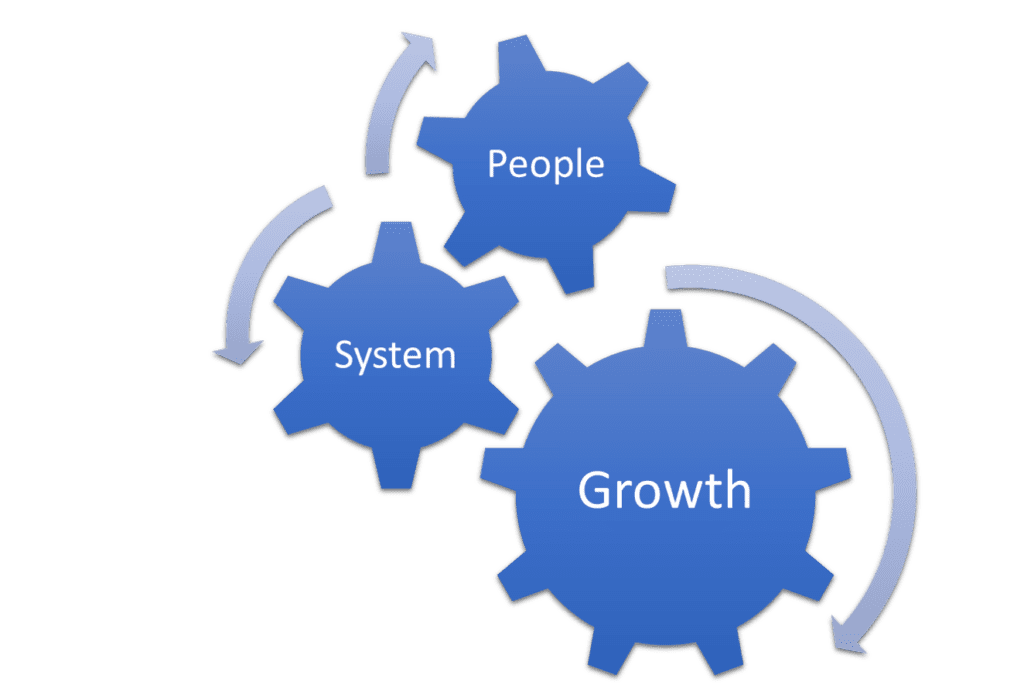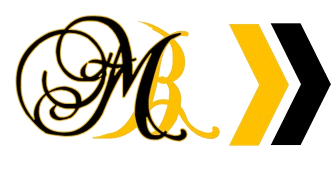So you have joined a Direct Selling company, used the products, gained some knowledge on them, and attended training sessions on how to consult them to prospects.
If you have not, it is strongly advised for you to go back and do those items first. If you are yet to select Direct Selling as a career path, check out Busting 5 Indian Myths of MLM / Network Marketing. You can take a positive, strong, and unbiased decision post the reading.
It is only after you have actioned all the primary activities on products and sales, should you proceed with the fundamentals of the business plan.
The team structure is an incredibly important factor of your business plan, even more so than titles.
You do not go to a bank and say ‘I am xxx titleholder at Company xxx, please give me a loan of Rs xxx’. Right?
The bank looks at your bank statements, ITR, and other necessary fiscal documentation.
It all depends on the cash you make – and structure in Direct Selling is a critical component for that.
Why Critical? Because it is difficult to change the structure of teams once they are big.
Also, people are assets in this business, if you know how to handle them. The game of structure is placing those assets in a strategic position, so our infinite game is right.
I faced difficulties regarding the concept when I started off. I do not want you to face the same troubles, hence the entire objective of writing this article.
Speaking of objectives, let us once look at the importance of Team Structure.
- Team Structure matters more than the title when it comes to revenue
- Facilitates faster achievement of income goals
- More members cracking income goals faster = Higher Retention
- Helps set a SMART Goal (S > Specific, M > Measurable, A > Achievable, R > Realistic & T > Time Based)
- Boosts Team Confidence, sets the right mindset
So now we all know how far and deep the impact of a correct structure runs, both psychologically and financially.
Today let’s delve into a 3-step thinking process that will help build you a team structure.
While the thought process explained might seem a bit hard today, after doing it a couple of times, it will become spontaneous. That is our end goal.
The 3-step way to plan for a strong team structure is:
- Think Basic – Refreshes the mind for new ideas
- The Uncertain Field – Makes the strategy realistic
- Culture * System – Exercises the infinite mindset
Step 1: Think Basic

Let’s look at this picture for a bit and try to understand the concept of structure. Both trees might be of the same height, but one is denser than the other owing to its structure. You will find a similar dichotomy in other elements of nature.
And that is something also applicable to Business and Team Management.
It’s clear that how we structure the volume is more important than the volume itself.
Everyone knows that, but thinking basic helps us align ourselves with fundamentals. Every time.
Thinking about this step first every time you go after a structure, refreshes your mind to new ideas of arrangement. It widens our perspective every single time.
But it isn’t over yet. We have to map this basic concept to our business model.
Think of 2 (max 3) factors. What are these factors?
For this, you will need to envision yourself on a day (1/2/3/6/12 months from now) where you are enjoying the full capacity of your business plan.
Even when you have unlocked all areas of income, you will notice there are 2-3 most important ones that account for the maximum of your payout.
Look at the points contributing to the bulk of your income. (not the bonus itself, as they are subject to changing indexes)
Write these 2 to 3 factors down.
Now that we have framed our basics, and got our factors, let’s move on to…
Step 2: The Uncertain Field

Imagine an operational crop field, capable of unlimited scaling. It will start with 1 and can hypothetically reach infinity. Since every individual has their own style of planting and each crop is different, every crop grows differently.
While Scaling, length is as important as width.
Now imagine, the land is subject to a set of crop diseases, that randomly destroys crops.
Some you and your friends (team) can check, some you can’t. Let’s name this ‘The Uncertain Field’.
Whenever there is uncertainty involved, it’s wisest to consider the worst-case scenario while planning.
So, we will do the same here.
Can you try and superimpose this concept to Team Structure? You will find it quite easy, barring the fact that Width will be substituted with Depth.
If you were not able to, allow me: the more the length * depth of the team, the stronger the structure. But this insight is not yet complete, remember the factors? 2-3 most important ones that account for the maximum of your payout? Yes!
Let’s incorporate that and try to rephrase: The higher amount of members earning those factors across the length * depth of the team, the stronger the structure
Let’s try and absorb this. There are 2-3 core factors in your business plans that account for the majority of your payout. The more individuals across the length and depth of your team achieve these factors, the stronger the team structure – the higher the income. Both yours and theirs.
Similar to (the popular formula of physics) mass being the product of volume and density, the value created in this business is the product of the volume (net business volume) multiplied by the density (business structure).
The set of crop diseases still exists – life, relationships, ill advice from non-experts, reinventing the wheel, ego clashes – the list is endless.
There is a high chance that the individual you are predicting to be a leader today will not be in the business tomorrow.
That’s because the industry has pretty low retention. But how do we counter this?
Complex answer short: We can’t. We don’t know who is going to be a leader, and who is a master of words.
It’s a game of common sense – start with a large set of individuals, set the groundwork right in the first 6 months of you starting the business. The more partners, the lower the uncertainty – it’s simple mathematics.
Hence the name ‘The UNCERTAIN Field’.
Do you want to increase your team’s retention? You should definitely read How to use Communication for sustainable growth in Direct Selling.
The Uncertain Field is one of the best rudimentary ways to perceive a generational plan, and quickly utilize the compounding income it generates. It brings your strategy an inch closer to reality, every single time.
Step 3: Culture * System

So, how do we tackle the uncertain field? I want you to strongly try and think of yourself in the below place:
I have a team, but I know some/most of them is not going to be around few years henceforth. The ones with the lowest conviction will be the first to leave of course.
I know this is disappointing but that is the real hard truth. Not everyone is an entrepreneur who claims to be, not everyone has to be. We can ignore it or be cognizant and start building on it.
Some of the uncertainty I already mentioned above, on top of that, you have the low business sentiment of the industry.
People are ignorant and look upon this profession as an illegal mode of trade. For most of the people out there, Direct Selling = Scam/ Pyramid/ Ponzi. Tragedy – For people who do not perceive it as such, try to make it as such.
So, you see, while this 3-step thinking mechanism works, it is hurt by the weakest link of Direct Selling – Retention.
People are going to get rejected, some are going to get frustrated, some depressed, some will put ego before their team, some will not synergize with the line of sponsors, some will reinvent the wheel – the list is endless and it will happen; no matter how much you train them and warn them.
That’s the ground reality. Your team members are not going to be 1,10,100,1000,10000,…
It is going to be something like 1, 5, 43, 169, 654… It can be better or worse in each generation but you get the point.
The third step readies you for a mindset where you can optimize this number as far as it can go. It is never going to reach an ideal stage (1,10,100,1000…) but it can go to its best-optimized state. That will be enough to fulfill all your dreams!
And that step is galvanizing the System with Culture – your Team Culture.
A culture that can be nuanced, but at the heart of it is building relationships.
The company is cognizant of low retention and low trust, that’s why they have built a specific set of rules – we call this the ‘System’.
While this set of rules is well thought out and holistic, it’s not exhaustive for you. It is not personalized for all kinds of markets and scenarios.
Your culture is going to galvanize your team with this system, and with time give the team the tailwind it deserves.
Chalk out the things you like and the things you don’t when it comes to professionalism in your business, and make sure you get it checked by a senior you trust. Then make sure you communicate that from time to time to your team. Consistently and Persistently.
It has to be so powerful and simple that your core team members are compelled to pass it on to their core team members.
Direct Selling companies negate the supply chain and advertising cost and convert this into commission to direct sellers and corporate revenue. The exact split depends on company to company but the lion’s share is usually given away as commission in most cases.
The revenue is used for the R&D of the products, plans, corporate outreach, and other quintessential things. HR among all things is not present for Direct Sellers.
Hence the culture you breed and perpetuate is critical in team management in Direct Selling.
Develop a deeper understanding of this subject here: Implementing a strong culture in Network Marketing.

So, let’s review our learnings from the first picture. The more members earn in terms of core factors across the length and depth of your team, the stronger the team structure. And the more passive the pay-out.
But this is not going to span out ideally. The only way we can optimize the structure is through the culture we develop in the team.
Will defining culture even before starting a business be a strong idea? Absolutely.
Culture is something that can not be measured, yet has a measurable impact on all your growth parameters.
So, how will this 3-step thinking span out in the real world:
- The structure is more important than the Title
- Think Basic – Imagine the tree example every time
- Chart out ‘The Uncertain Field’ – Understand that the leader you are imagining today may be no one tomorrow.
- Define your team culture – Assess Possibilities
- Formulate the best possible structure (given the desired timelines and prospects at hand)




